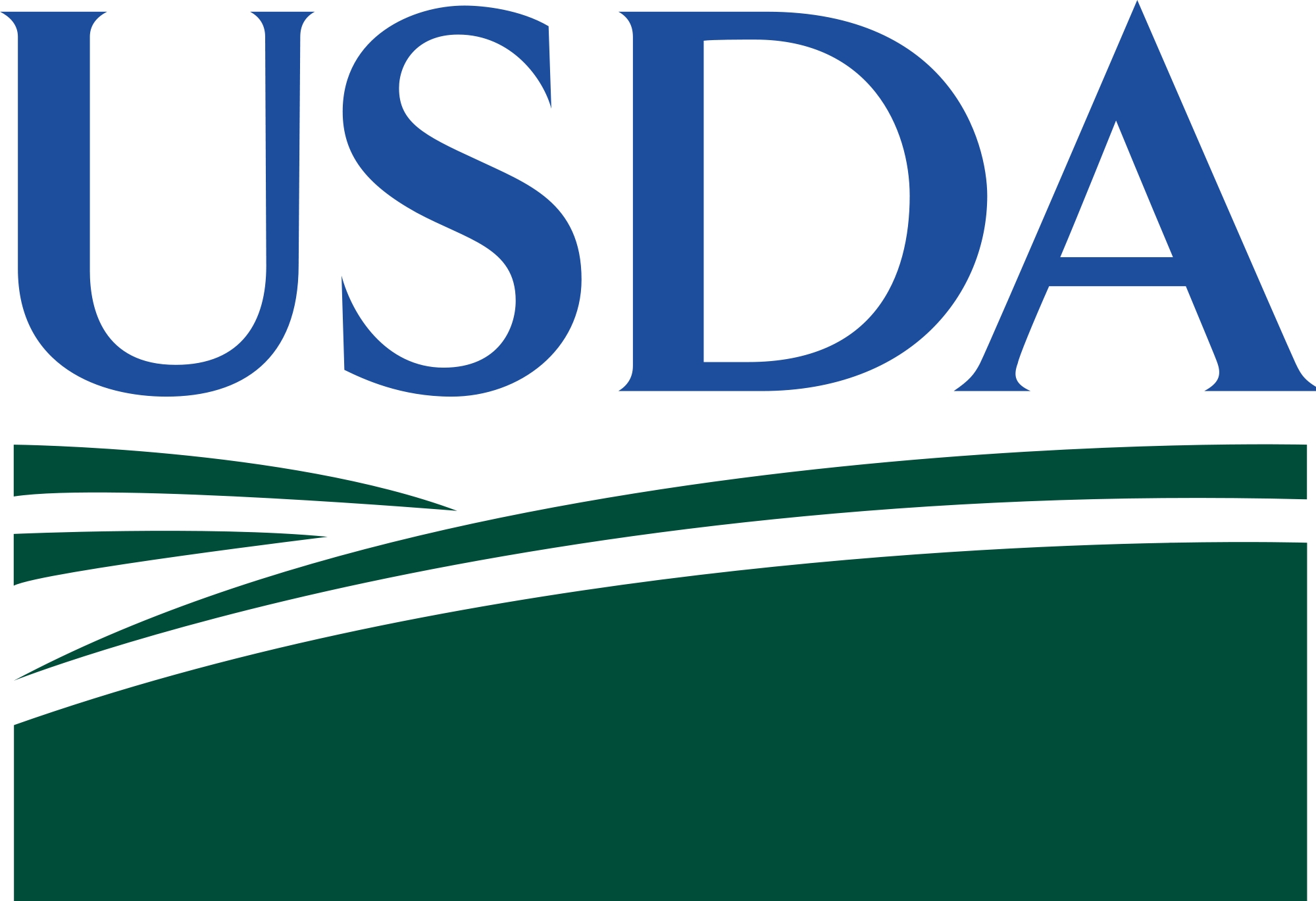
Restrictions have been imposed on tomatoes and peppers being imported into the United States, in an effort to reduce movement of the tomato brown rugose fruit virus (ToBRFV).
Put into effect last Friday, November 22, the US federal import order applies to tomato and pepper materials.
According to the Animal and Plant Health Inspection Service (APHIS) of the United States Department of Agriculture, shipments of seed lots and propagative material, regardless of the country of origin, should be accompanied by documentation declaring that the materials either came from a country certified free from ToBRFV or that a representative sample was tested and found free of ToBRFV.
“Under the previous requirements, tomato and pepper plants and seeds moving from Canada to the United States needed to be accompanied by a phytosanitary certificate. Under the new U.S. requirements, these items now require an additional declaration added to the phytosanitary certificate for ToBRFV,” says the Canadian Food Inspection Agency (CFIA) of propagative material.
For tomato and pepper fruits, the import order only pertains to shipments from Mexico, Canada, Israel and The Netherlands, according to the APHIS website.
For Canada, previous shipments of fruit into the U.S. were accompanied by a certificate of origin from the exporter. “Under the new requirements, in addition to the certificate of origin, they now need to be accompanied by an inspection certificate that is issued by the grower or packer containing the information specified in the U.S. federal order. This document attests that no symptoms of ToBRFV are found. Exporters may experience delays at the border as customs and border protection officers adjust to enhanced inspection procedures,” says the CFIA.
According to APHIS, the inspection certification document should be issued by the grower or packer, declaring the shipment to be free of ToBRFV and including the date of inspection, name, title, office and address of issuing authority, plus the names and address of the grower and packing house. Consignments without the required accompanying documents will be refused entry.
“Alternatively, if a grower or packer issued inspection certificate is not available to an exporter, a CFIA inspection and phytosanitary certificate can be used to facilitate trade, but is not a U.S. requirement,” adds the CFIA.
For fruit shipped from Mexico to Canada for packing, the Canadian packer is able to issue an industry inspection certificate signed by a Canadian industry representative. According to APHIS, the certificate should identify the Canadian packer and the Mexican growers. Multiple packing houses and growers can be listed under the same certificate if the shipment combines fruit from multiple sources. If boxes packed in Mexico are used to supplement boxes packed in Canada, two separate certificates will be required.
An export label from the US-Canada Greenhouse Certification Program (GCP) cannot be substituted for the Phytosanitary Certificate. Approved GCP facilities must follow these new regulatory requirements.
U.S. Customs and Border Protection (CBP) will also increase inspections of tomato and pepper imports from countries where the virus is known to occur and will take action to keep any infected products out of the country.
More details on requirements available on the APHIS website
Print this page
